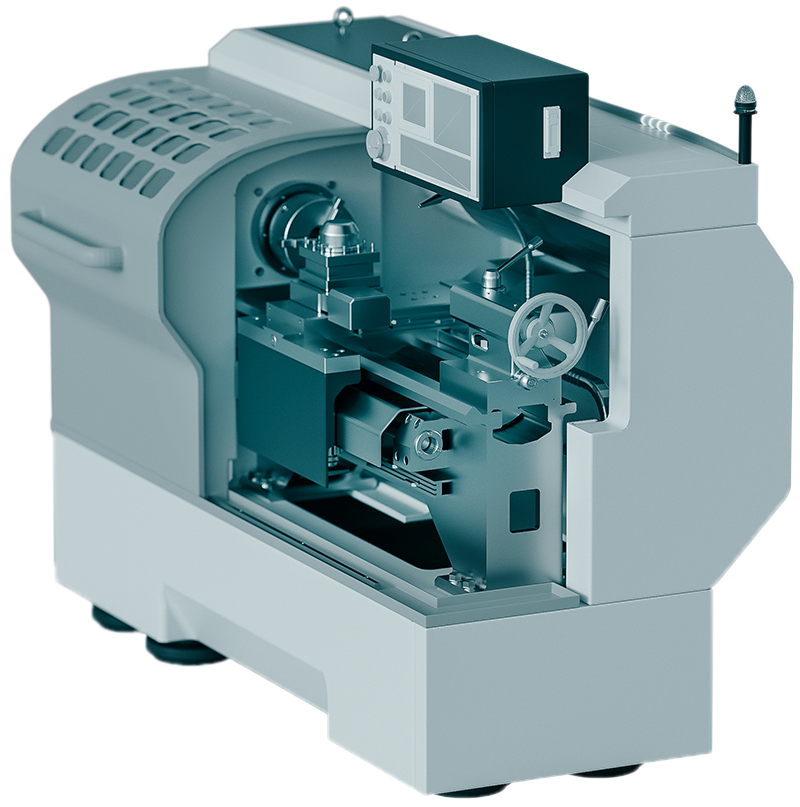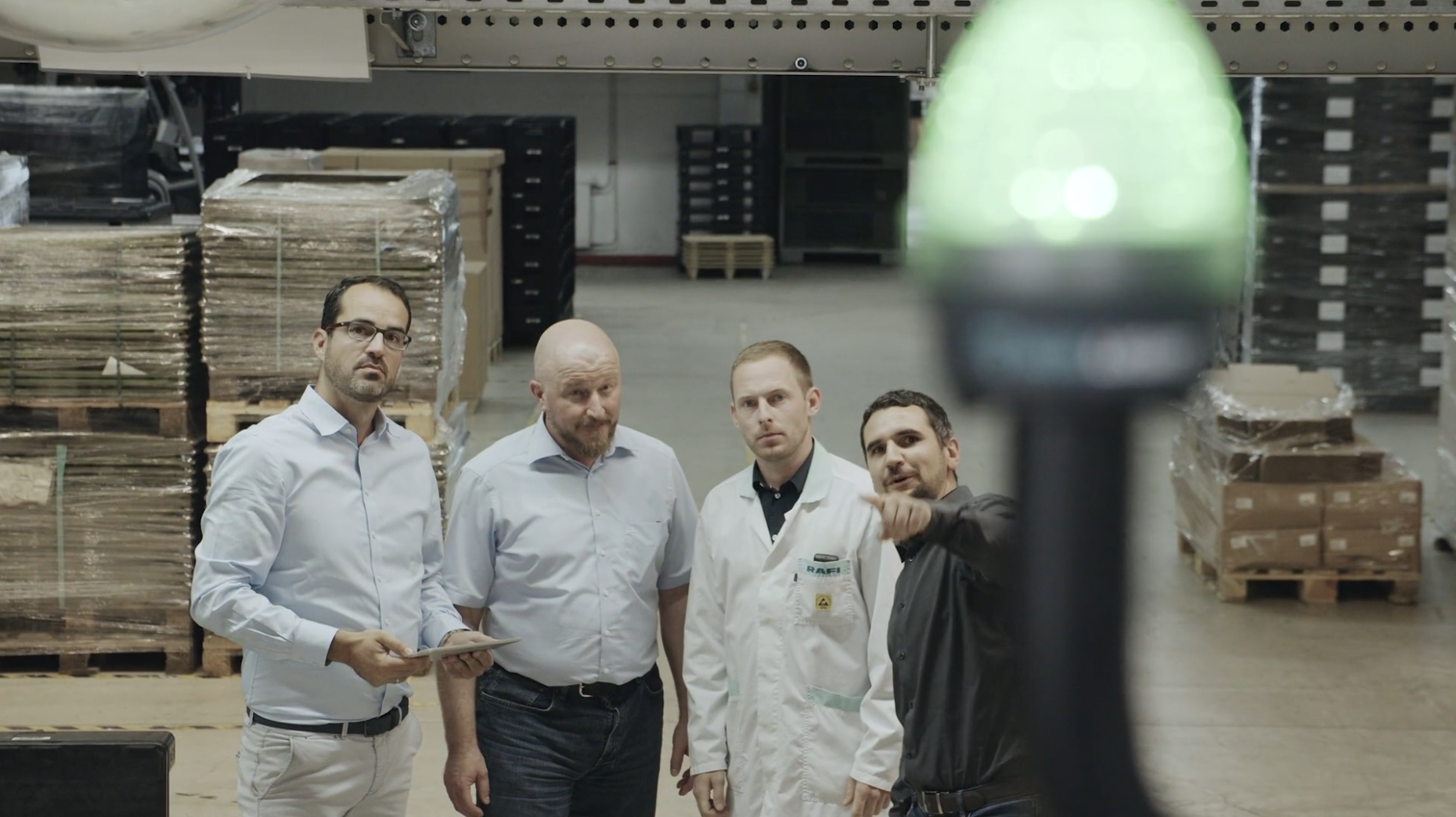Try our KIS.ME Starterkit for only EUR 499 – order now!
BET THAT DOWNTIMES IN YOUR COMPANY ARE TOO HIGH?
Alert with KIS.ME
the simple solution to reduce downtime

THE TASK
Wanted: Faster response times to disruptions in the company
The smooth running of processes in the company is an important task. However, as malfunctions can never be completely avoided, it is important that these downtimes are minimised. This means that in the event of a malfunction, the correct person responsible must be informed of the incident as quickly as possible so that the malfunction can be remedied as promptly as possible.
Therefore, a reliable and fast notification and alerting service is important.
In practice, disruptions or important events are often only passed on by telephone or end up with people who are not responsible and are then not passed on promptly or are simply forgotten.
KIS.ME provides the solution for transparent and fast alerting and notification. The right person at any place at any time.
THE SOLUTION
Example 1: Manual fault message at assembly stations
A worker at an assembly station in production encounters a problem that he cannot fix himself. Using one of the two buttons on the KIS.BOX, the staff member can select a colour sequence for the reason for the alarm (e.g. maintenance, cleaning or master call); the second button then alerts or notifies the staff member responsible for the problem.
In the case of a master call, a visual signal via a KIS.LIGHT in the master office can indicate that there is a problem. In KIS.MANAGER (software platform), a shop floor plan shows who needs help.
In addition, key figures can also be evaluated, for example, which assembly line requests maintenance and how often.
Result: The employees avoid walking or awkward communication routes to the foreman. In addition, reaction and downtimes can be reduced through visual signalling, the shop floor and the evaluation of key figures.
Example 2: Controlled maintenance cycles of old plants
Older plants and machines are usually vulnerable to breakdowns. Controlled maintenance cycles allow precise and timely maintenance to be carried out, thus avoiding spontaneous downtimes.
This can be explained via the retrofitting of sensor technology (retrofit) using the example of a press.
A subsequently installed distance sensor records the closing cycles of a press and transmits these signals to the KIS.MANAGER via a KIS.IO. The recorded data is processed there and if an individually stored threshold value is exceeded (e.g. 10,000 cycles), the maintenance technician is automatically informed by e-mail.
Result: Important maintenance, even on old machines, is not simply postponed, forgotten or ignored. Thus, machine availability is improved through fewer breakdowns.
Example 3: External service call
In the basement of an industrial company there is a waste oil tank in which lubricants and coolants are disposed of. Until now, this had to be checked manually by one person every week. Two retrofitted level sensors can be evaluated with a KIS.LIGHT. The sensors are set to 70% and 90% of max. capacity is positioned. If the 70% level sensor is triggered, a warning is sent by email to the external service provider and the local responsible employee so that emptying can be planned. If the 90% level sensor has been triggered, a request for collection is sent by email. The KIS.LIGHT also visualises the current fill level of the tank.
Result: Thanks to the automatic notification, a disposal can be scheduled early and planned so that affected company processes also continue to run without disruption.


